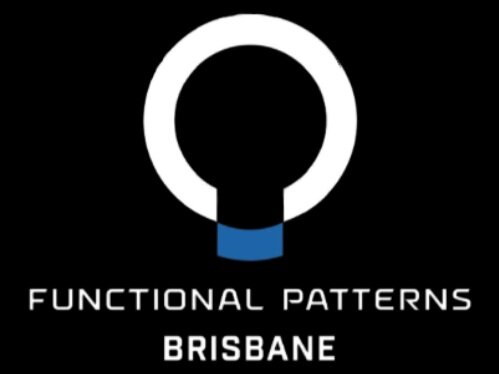How To Improve Your Posture in 5 Steps
Posture, commonly associated with the mere alignment of our bones, is actually a complex interplay of biomechanics, muscle function, and even internal health. There's a saying in the world of biomechanics: "Function dictates form". Meaning, the way our body functions biomechanically, largely influenced by our daily habits, can mould our form or posture. At Functional Patterns Brisbane, we've deconstructed this complexity into five actionable steps you can undertake to better your posture, and subsequently, your overall biomechanical health. Here's a guide to aid your journey:
1. Heal Your Gut
The Gastrointestinal Impact on Posture: Our gut, besides being pivotal for digestion and absorption, plays a nuanced role in determining our posture. When our gut health is compromised due to a myriad of factors like poor diet, stress, or medication, it may lead to an imbalanced gut flora and inflammation, potentially causing bloating and a distended abdomen.
Such bloating affects the intra-abdominal pressure, which is crucial for spinal stability. This pressure acts as an internal 'corset', supporting our spine especially during dynamic movements like the gait cycle. Any disruption in this equilibrium can compromise our posture and spinal health.
At Functional Patterns, we help clients to heal their guts using root cause methodology and elimination of inflammatory foods. We make sure all of our client are ingesting the building blocks their body needs to make biomechanical change and heal.
2. Strengthen Your TVA
The Transverse Abdominis (TVA) is often called the body's natural weight belt. It's deep-seated, wrapping around your midsection, and plays a paramount role in stabilising the lower spine and pelvis before movement. In terms of biomechanics, a strong TVA ensures efficient force transfer across the body, especially evident during walking or running.
3. Boost Your Back: Contractile Potential & The Latissimus Dorsi
Improving Contractile Potential: Our back muscles, when functioning optimally, should have a strong ability to contract and relax – known as contractile potential. As we age or maintain poor postures, this potential diminishes, leading to stiffness and a stooped posture.
The Role of the Lats: Research has consistently highlighted the Latissimus Dorsi (often just termed 'lats') as pivotal for posture. They are the broadest muscles in the upper body, spanning the spine and connecting the upper arm bone. Biomechanically, the lats are key stabilisers during our gait cycle, ensuring our shoulders don't droop and our spine remains erect.
4. Embrace Thoracic Extension
The thoracic spine, or the mid-back region, tends to be a neglected area, often stiff from hours of sedentary work. Thoracic extension exercises combat this stiffness, promoting an upright posture. Furthermore, by optimising thoracic mobility, we ensure better biomechanical efficiency during movements, reducing undue strain on other regions.
5. Activate Those Glutes: Addressing A-symmetries
The gluteal muscles, our posterior powerhouses, are central to many biomechanical functions, from maintaining upright posture to propelling us forward during walking. A-symmetries, or imbalances between the two sides, can disrupt the body's biomechanics, leading to postural deviations and overcompensation injuries.
Engaging and activating the glutes evenly ensures a neutral pelvis alignment, crucial for upright posture. Furthermore, in the realm of biomechanics, strong glutes mean efficient force distribution during the gait cycle, ensuring other muscles aren't overburdened.
In conclusion, posture is not merely an aesthetic concern. It's an indicator of our overall biomechanical health and internal well-being. By following these steps, you'll be well on your way to a healthier stance and an optimised gait cycle. Always remember, every stride towards better posture is a stride towards holistic health. Visit us at Functional Patterns Brisbane for more insights and guidance on your biomechanical journey.


